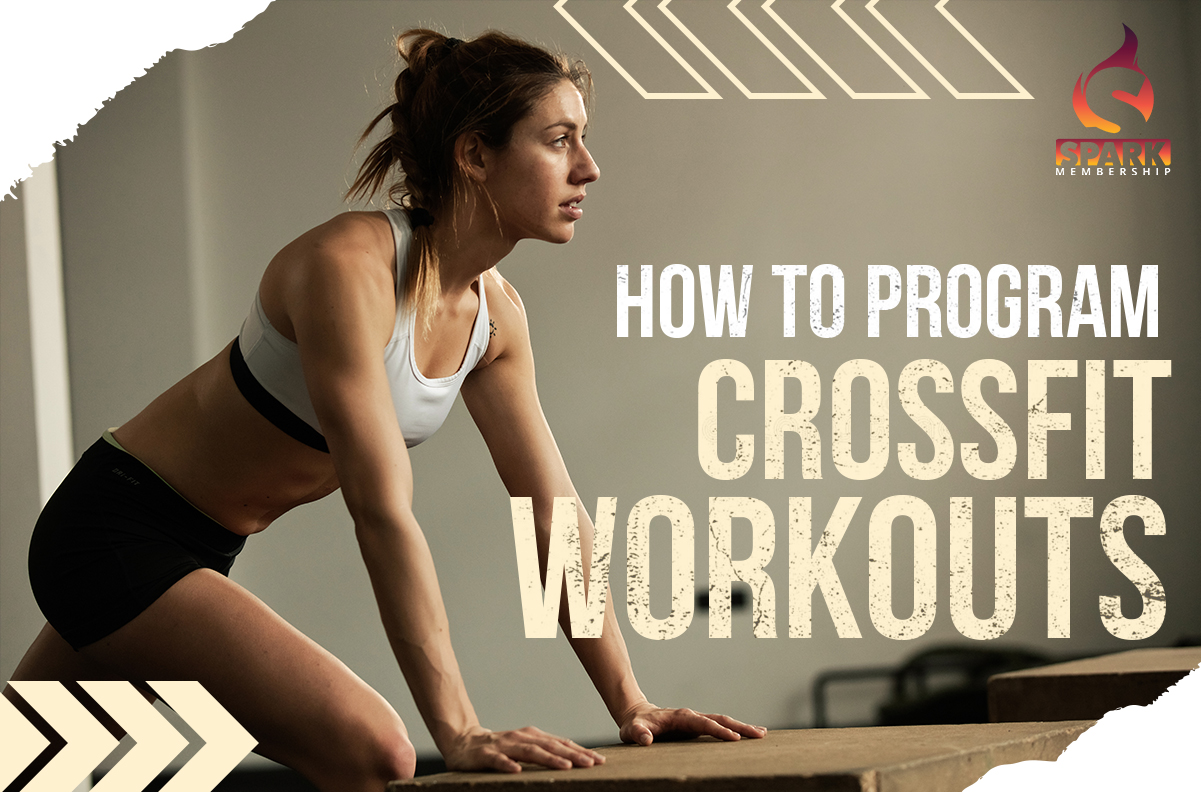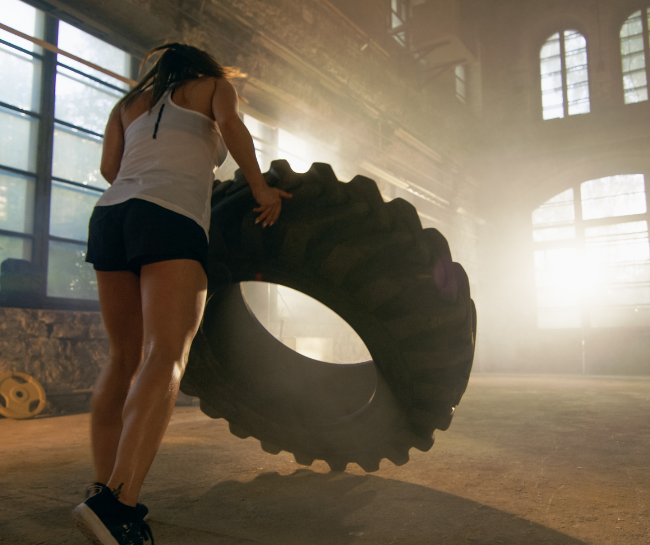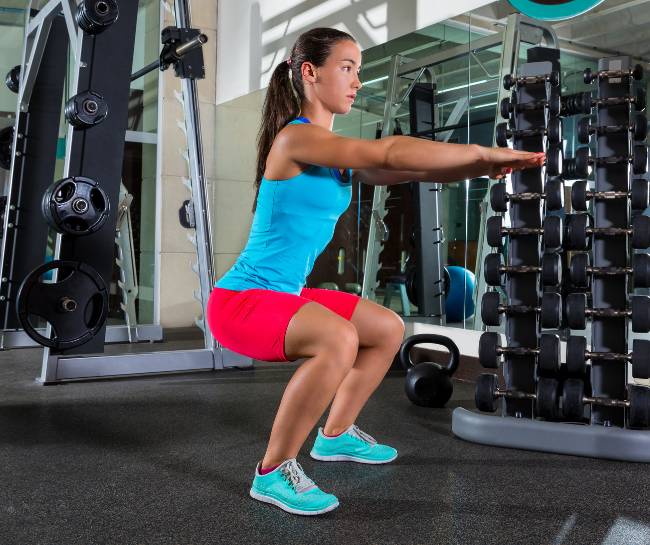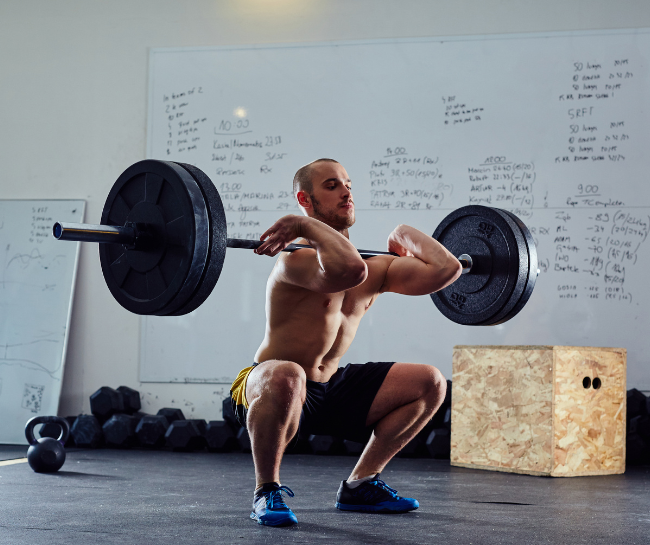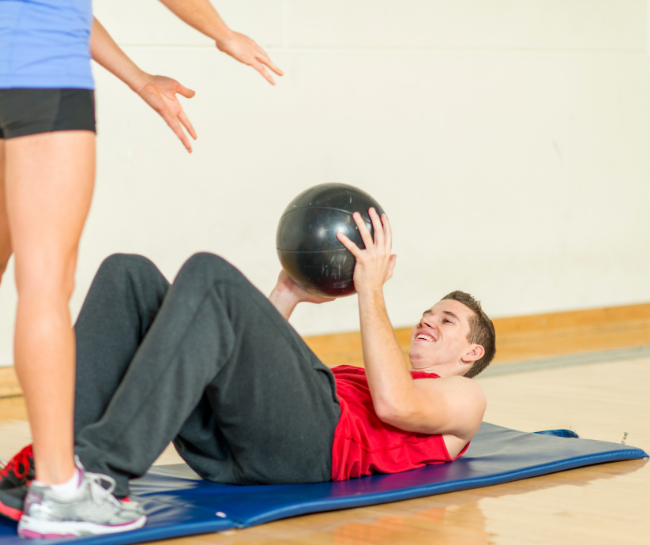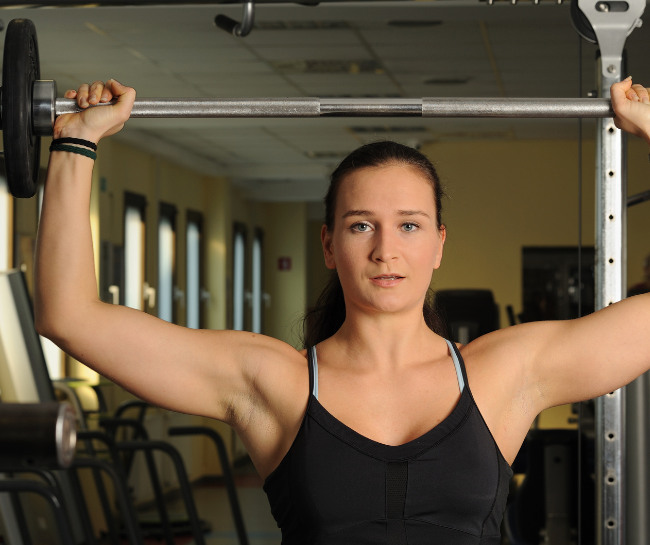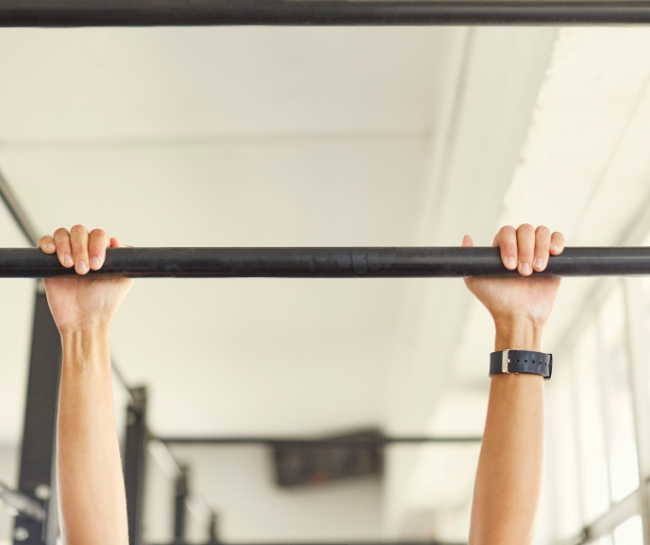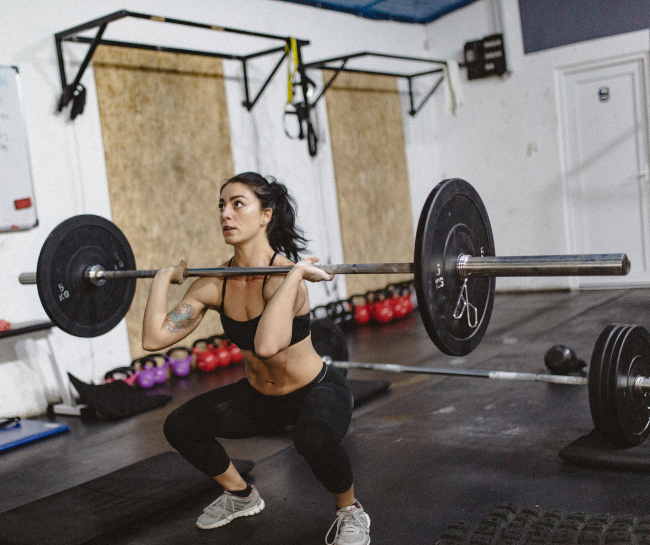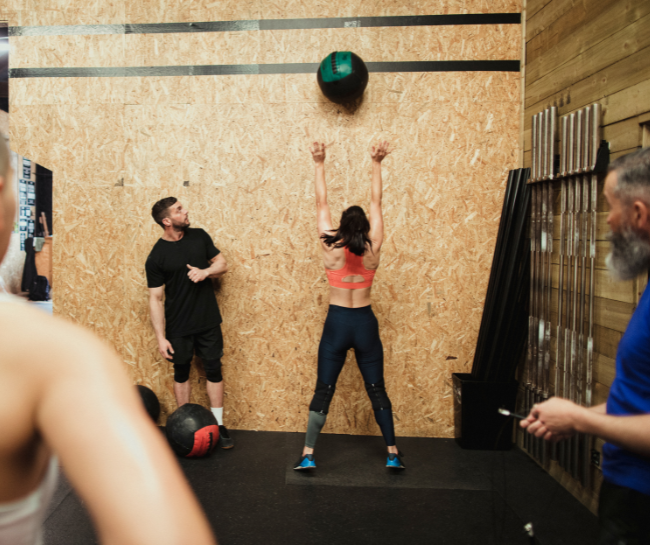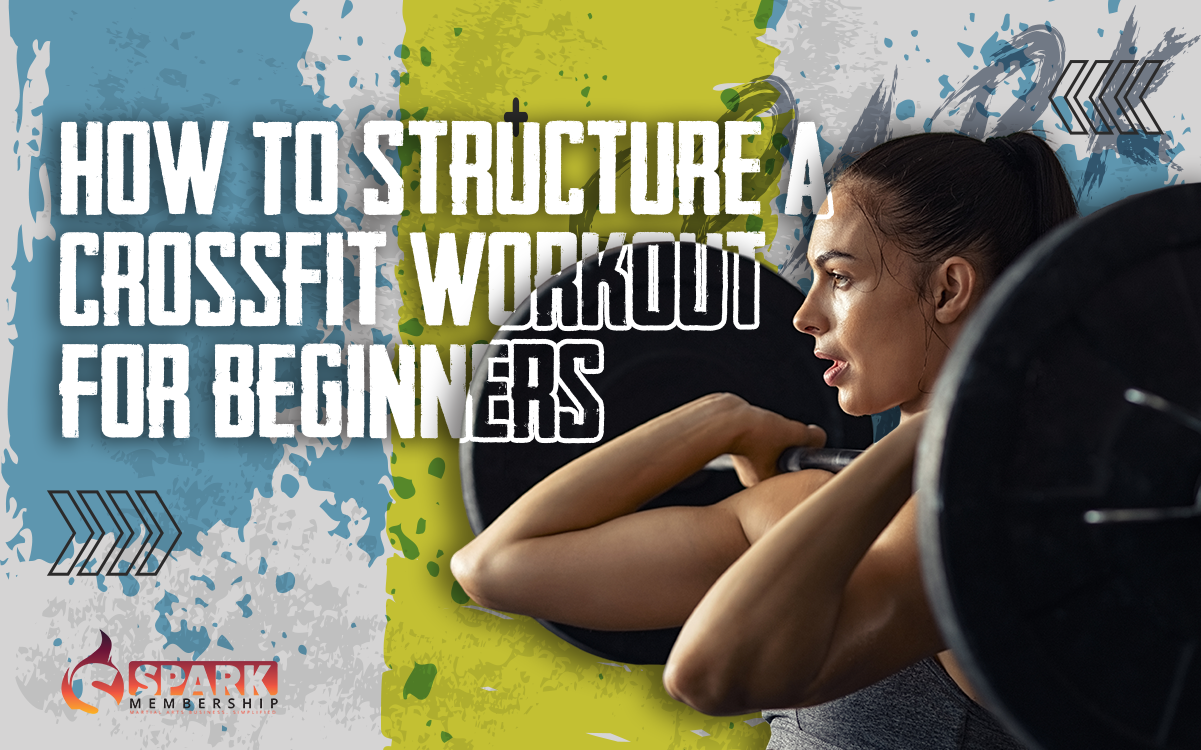
You’ve got a group of beginners eager to start CrossFit. They’re excited, maybe a bit nervous, and they’re looking to you for guidance. Think back to when you started. CrossFit is more than just a workout; it’s a way to challenge oneself and be part of a supportive community.
As an instructor, your job is to introduce them to the basics, make sure they’re doing things right, and keep their enthusiasm high. This guide will help you structure workouts that are just right for them. Let’s get them off to a great start!
Core Principles of CrossFit
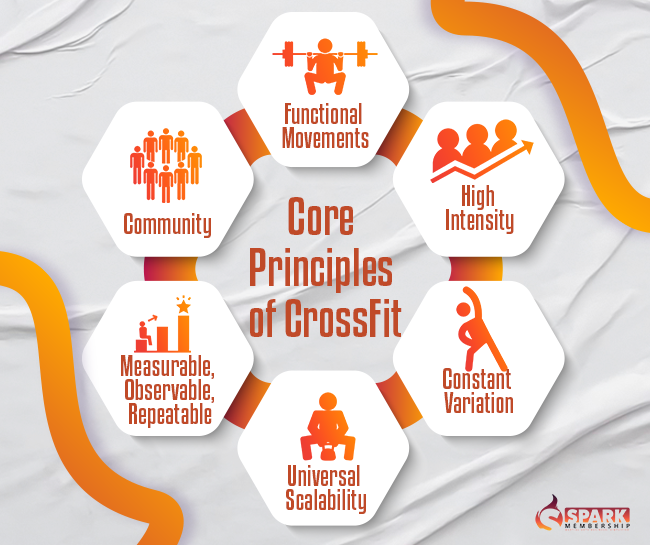
Understanding CrossFit’s core principles is crucial. They shape the essence of CrossFit, ensuring every workout has purpose and direction. For instructors and beginners alike, these principles provide the framework for success.
- Functional Movements: Natural movements like squatting, lifting, and pulling that mimic real-world activities.
- High Intensity: Pushing oneself to the limit in a safe manner. Intense training leads to faster results.
- Constant Variation: Routine is the enemy. Varying exercises ensures continuous improvement.
- Universal Scalability: Workouts can be tailored to individual levels, making CrossFit inclusive for all.
- Measurable, Observable, Repeatable: Workouts are quantifiable, allowing for clear progress tracking and goal-setting.
- Community: Beyond exercises, CrossFit promotes camaraderie and mutual support.
💡 By emphasizing these principles, instructors can guide beginners towards a comprehensive and rewarding CrossFit experience.
Understanding the Beginner’s Perspective
Remember, we’ve all been there—starting something new can be daunting. CrossFit, while rewarding, can present a steep learning curve for newcomers. Recognizing the typical hurdles beginners face is the first step in helping them overcome and flourish. As an instructor, being aware of these challenges can shape your coaching approach and provide tailored guidance.
Common Challenges Faced by CrossFit Beginners:
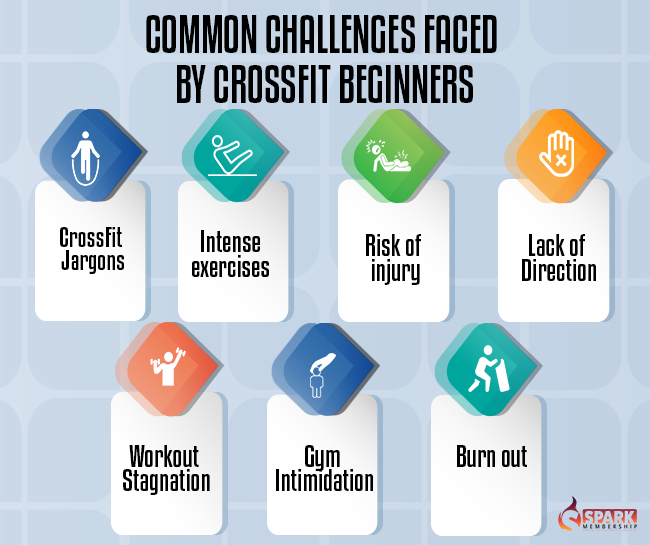
- CrossFit has its own language. Terms like “WOD,” “AMRAP,” or “thruster” can be confusing for newbies.
- The intensity and variety of exercises can seem daunting initially, causing hesitation or self-doubt.
- Without proper guidance, beginners might fear getting hurt, especially when witnessing advanced moves.
- Recognizing one’s limits and understanding how to pace oneself during workouts can be tricky.
- Mastering the correct form for various exercises can be a steep learning curve.
- Joining a new community and fitting in, especially in group workouts, can be nerve-wracking for some.
- Beginners might struggle with setting achievable targets, leading to frustration or burnout.
💡 Being proactive in addressing these challenges can make the CrossFit journey smoother and more enjoyable for every beginner under your guidance.
Essential Components of a CrossFit Workout
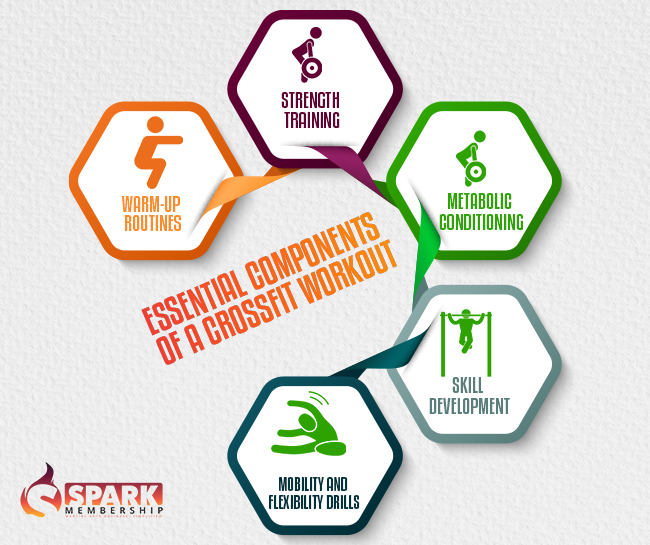
Just like a tasty dish has various ingredients, a CrossFit workout combines multiple components to make it effective.
- Warm-up Routines
Kick-start the session with dynamic stretches and low-intensity movements to prep the body. Think jumping jacks and air squats.
- Strength Training
This section often involves weightlifting techniques like deadlifts, squats, or presses. Remember, it’s not about the weight, but the technique!
- Metabolic Conditioning (MetCon)
This heart-pumping segment can involve anything from sprinting to kettlebell swings. Get ready to sweat!
- Skill Development
From mastering double-unders to perfecting pull-ups, dedicate time to enhance specific skills.
- Mobility and Flexibility Drills
Increase range of motion and decrease injury risk with drills like foam rolling or static stretches.
- Safety First
Safety isn’t just a word; it’s a principle every instructor should champion.
- Recognizing and Avoiding Common Injuries
From torn muscles to sprained ankles, being proactive can prevent these mishaps.
- Importance of Proper Form
Emphasize technique over intensity. A well-executed squat with minimal weight is more effective than a sloppy one with tons of weight.
How to Structure a CrossFit Workout for Beginners
Crafting a beginner’s CrossFit routine means balancing foundational exercises with safety and confidence-building. As instructors, we want to introduce newcomers smoothly into CrossFit, setting a strong base for their journey ahead.
Warm-Up
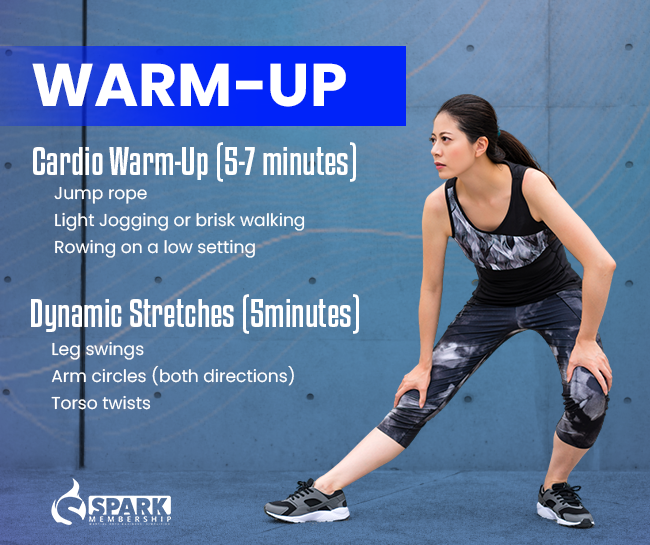
The warm-up is an integral part of any workout routine, especially for beginners in CrossFit. It prepares the body for the main workout by gradually increasing the heart rate and improving circulation. It also helps to improve flexibility and reduces the risk of injuries.
Key Components of a CrossFit Warm-Up:
- Cardio Activities: Start with 3-5 minutes of light cardio such as jogging, skipping rope, or rowing. This gets the heart pumping and warms up the muscles.
- Dynamic Stretching: Incorporate movements like leg swings, arm circles, and hip rotations. These activate the primary muscle groups used in CrossFit exercises.
- Skill-Specific Warm-Up: If your main workout includes specific movements (e.g., kettlebell swings), do a lighter version of that exercise to get the body familiarized.
Skill/Strength Training
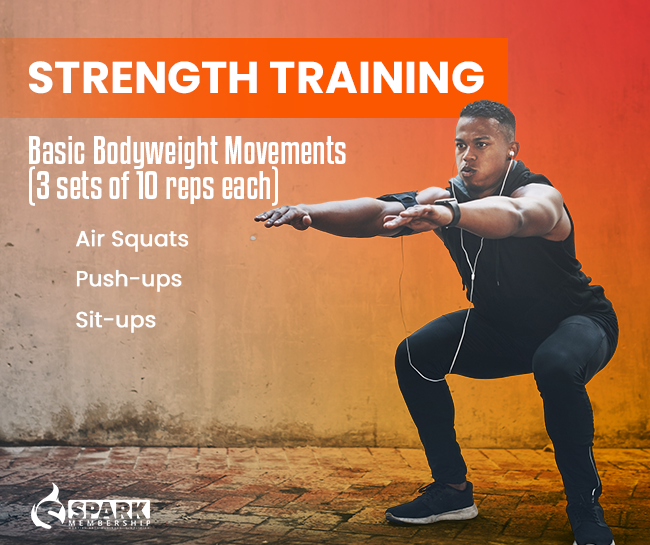
Skill and strength training forms the crux of CrossFit. For beginners, the emphasis should be on learning the correct form and technique before moving on to more complex exercises or adding weights.
Guidelines for Skill/Strength Training for Beginners:
- Start with Body Weight: Teach movements using the beginner’s body weight first. Examples include squats, push-ups, and burpees.
- Progress Slowly: Once they master the basics, introduce light weights and then gradually increase as they get more confident.
- Emphasize Form: Always prioritize correct form over the number of repetitions or the weight lifted. This prevents injuries and ensures effectiveness.
Workout of the Day (WOD)
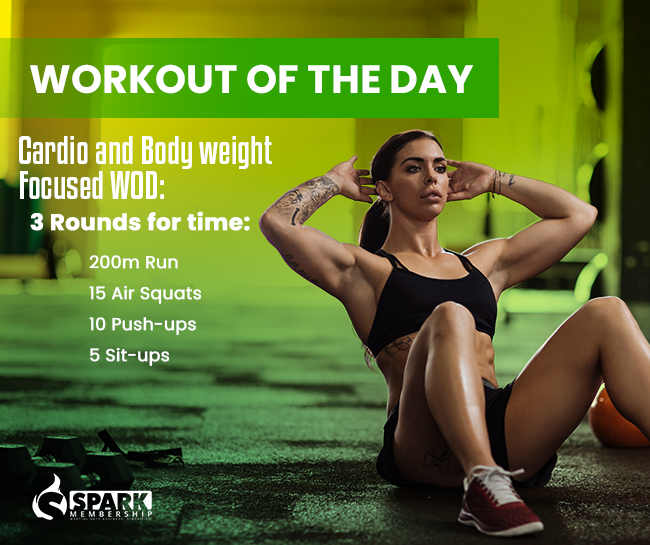
The WOD is what many associate most with CrossFit. It’s a mix of various exercises done at high intensity. For beginners, the WOD should be tailored to their skill level.
Crafting a Beginner-friendly WOD:
- Shorter Duration: Keep the WODs shorter, around 10-15 minutes, so it’s challenging yet achievable.
- Scale Intensity: Modify the number of reps or use alternative exercises that are less strenuous.
- Encourage Consistent Pacing: Teach beginners to pace themselves throughout the workout to avoid burnout.
Cool Down
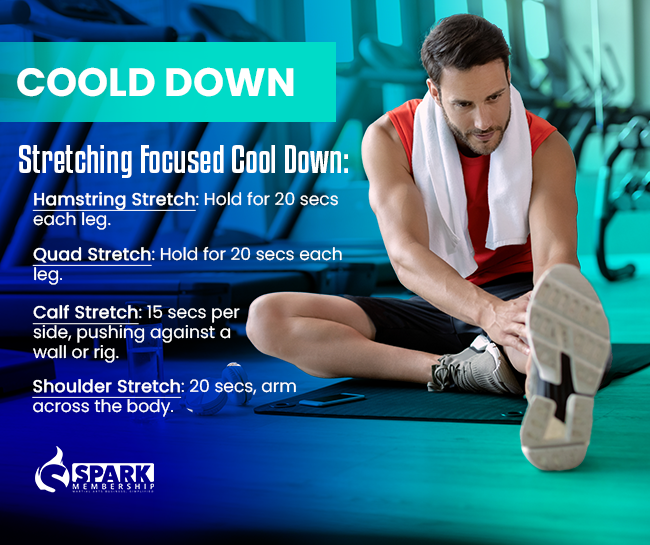
After the intense activity of a CrossFit session, the body needs time to recover and transition back to its resting state.
Cool Down Essentials:
- Static Stretching: Focus on stretches that target the muscles used during the workout. Hold each stretch for about 30 seconds to 1 minute.
- Deep Breathing: Helps calm the heart rate and promotes relaxation.
- Hydration: Encourage drinking water to replenish any fluids lost during the workout.
Feedback Session
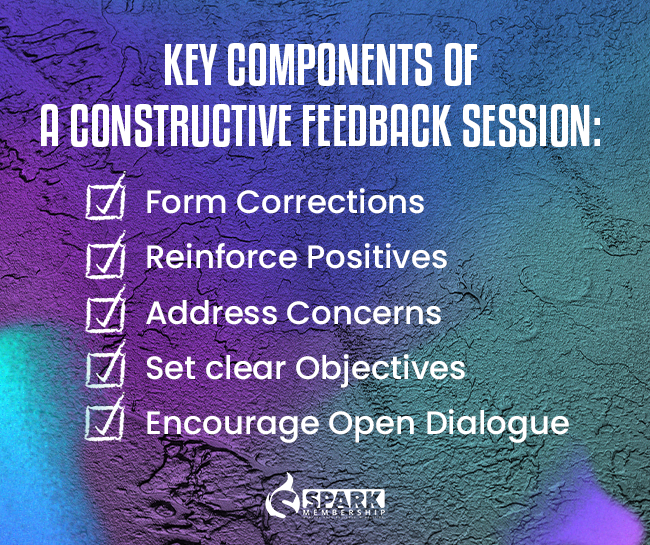
Feedback is crucial for continuous improvement, especially for beginners who are eager to learn and grow.
How to Conduct an Effective Feedback Session:
- Positive Reinforcement: Start with what they did well. This boosts confidence and morale.
- Constructive Criticism: Point out areas that need improvement but do so in a supportive manner, offering solutions or techniques to help.
- Set Goals: Discuss short-term and long-term goals to give them a clear direction for their CrossFit journey.
Homework
Reinforcing what’s learned in the session is crucial for muscle memory and skill development.
Homework Ideas for Beginners:
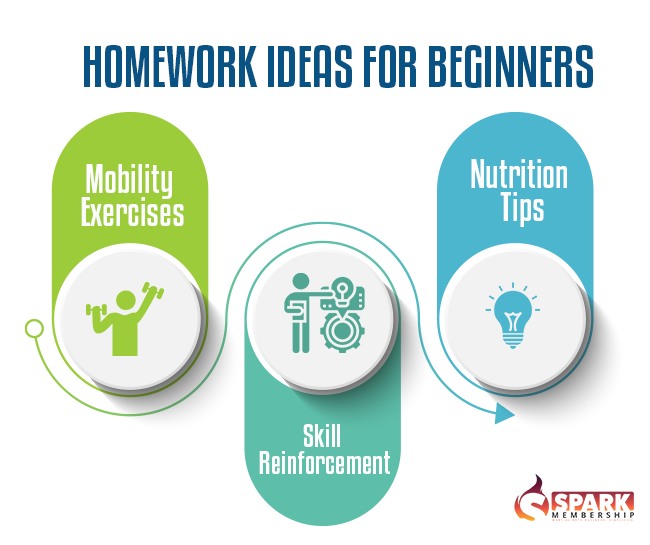
- Mobility Exercises: Assign stretches or mobility exercises to improve flexibility.
- Skill Reinforcement: If a particular movement was introduced, ask them to practice it at home without weights.
- Nutrition Tips: Offer guidance on post-workout nutrition to aid recovery.
By following these guidelines and providing consistent support, CrossFit instructors can ensure a smooth and enjoyable journey for every beginner they train.
CrossFit is a powerful way to get fit, combining everyday movements with tough workouts. For those new to it, starting can be both thrilling and a bit scary. As trainers, it’s our job to help them along. By getting the basics right, knowing the usual struggles of newbies, and setting up the right kind of workouts, we set them up for success. Using the tips we’ve shared, we can make sure every beginner gets the most out of CrossFit and enjoys it too. Remember, every top CrossFit athlete started as a beginner. With the right help, anyone can reach their best. Let’s help the new folks fall in love with CrossFit.
Experience the power of the best-rated, all-in-one CrossFit Gym Management Software designed exclusively for CrossFit gyms and studios. Say goodbye to the hassle and hello to streamlined success—manage your gym effortlessly, boost your member numbers, skyrocket sales, and build unwavering loyalty. Ready to witness the revolution?
